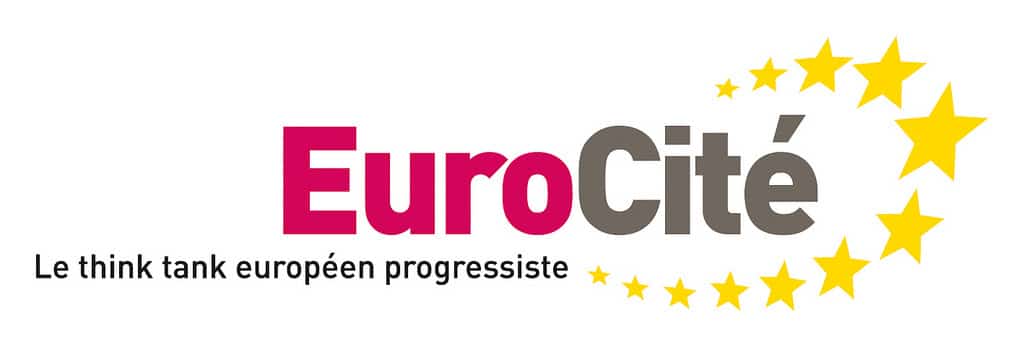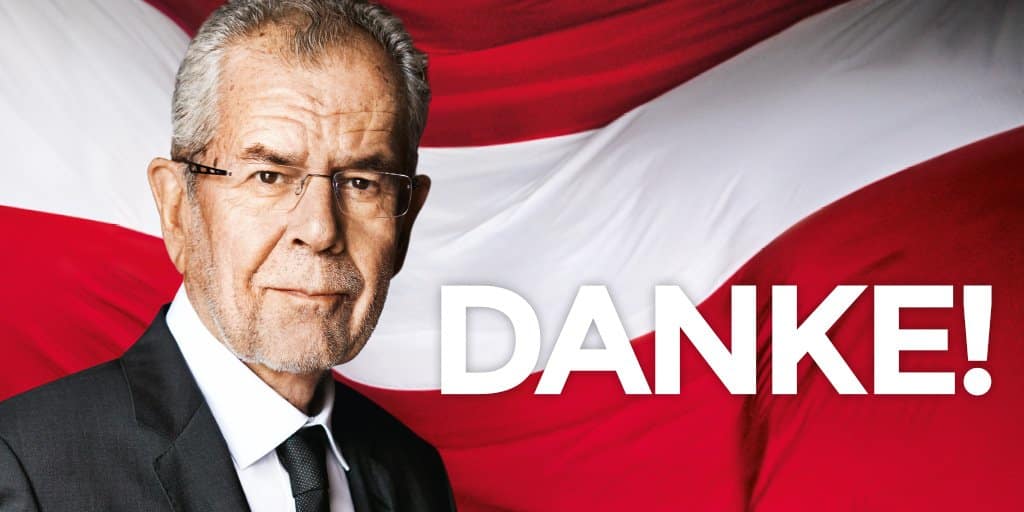Van der Bellen won Austria’s repeat presidential election: Why did his populist opponent even lose votes since May?
On Tuesday 6 December, the final results of the repeated run-off of the Austrian presidential election were announced, with former Green party leader Alexander van der Bellen winning with 53.79% against Norbert Hofer from the far-right populist Freedom Party (FPÖ) with 46.21%. The distance between the two candidates increased more than tenfold since the initial election in May, from a mere 30,000 to almost 350,000 votes. This result comes at a surprise, not least to international observers holding their breath as Austria was on the verge of being swept by the populist tide that had delivered Brexit and a Drumpf presidency. While reflection on an extraordinary electoral year will continue well into 2017, what are the main takeaways from the repeat election?
On the one hand, the voting patterns are a duplication of those in the first attempt to elect a president in May and also resemble the recent votes in the UK and US. Voting behaviour differs strongly according to a person’s education, gender, residence in an urban or rural area, and outlook for the future. Almost identical to the numbers in May, 85% of workers voted for Hofer but 83% of voters with higher education for Van der Bellen. Indeed, an election day survey confirms that only small number of voters switched from one candidate to the other over the past six months (Van der Bellen’s net gain from Hofer is estimated at 43,000 votes out of his total of nearly 2.5 million).
At the same time, there was a swing towards Van der Bellen of a few percentage points uniformly across the country. Turnout was even higher this time (with 74.21%, up from 72.65%), contrary to the common expectation of voter fatigue in repeat election. This points to a remarkably successful effort at mobilisation by the Van der Bellen campaign, but not by the FPÖ. For Hofer, who also lost votes in absolute terms since May, the Brexit and Drumpf victories did not create sufficient momentum. On the contrary, after polls showed that Austrians would not favour an “Öxit”, the FPÖ’s EU stance softened, with Hofer repeating his attachment to the EU and its further development. The party’s close relationship with Eurosceptic leaders such as Marine Le Pen was downplayed and Nigel Farage’s prediction of a Hofer victory and subsequent EU exit referendum was not deemed helpful at all by the FPÖ. A second signature issue, immigration, did not play such a central role as it did in the first half of 2016. The much lower numbers of refugee arrivals in Central Europe kept the topic off the agenda in the last weeks. The FPÖ seemed to rely on the existing anti-establishment sentiments while at the same time building up Hofer’s image as a respectable statesman. The approach however neither mobilised their core voters nor convinced undecided voters in significant numbers.
Alexander Van der Bellen readily assumed the role of the “establishment candidate” and played his hand well, emphasising the need for reason and continuity. This is remarkable given that he has led the Green party in opposition for over ten years and never held any executive office. He was however able to build on his moderate credentials and frequently repeated that he saw Austria’s role in the EU and the world as his utmost concern. The high number of endorsements by political and business elites, including the social-democratic chancellor and his conservative deputy, did not backfire. Many conservative mayors from rural towns now officially declared their support for Van der Bellen, as did the popular last president Heinz Fischer who left office without a successor in July. Many visits to the countryside and a campaign with patriotic themes appealed to conservative voters, while left-wingers and liberals across the country were mobilised to actively campaign against the populist candidate by recent events elsewhere. In the end, a wide-ranging coalition helped to soundly defeat Hofer.
For now, then, the ascent of power of the far-right FPÖ has been stalled, but for how long is far from clear. The ‘Grand Coalition’ government parties have now again declared to work together effectively until the end of their mandate in 2018 but the ways in which they intend to do so diverge massively. Many observers therefore expect early elections in 2017, with the FPÖ constantly leading in polls with up to 35%. The rupture set in motion by an extraordinary presidential election could thus continue and the old certainties of Austrian politics may have soon vanished for good.
The Austrian presidential election, as well as the strong showing of the GreenLeft and the social-liberal D66 in Netherlands, has revealed a strong potential for counter-mobilization in the face of regressive right-wing politics that led to Brexit, Donald Trump and constitute similar threats elsewhere in Europe. Translating this potential into sustained success for progressives depends on two challenges: First, to arrive at a widely shared and ambitious alternative political project, hinging on both cultural openness as well as social security. Second, to overcome the split that has characterised recent elections (and threatens to do so in the upcoming French presidential elections as well) and that cuts right across the traditional coalition of left-wing parties – the working classes, under intense pressure on the labour market; and the younger, more cosmopolitan university graduates who often pin their hopes for the future on the European Union.
Download the article:
[button url=’https://eurocite.eu/wp-content/uploads/2016/12/Gavenda-Comment-on-Austrias-election.pdf’ size=’small’ style=’magenta’] PDF [/button]
[Picture: Twitter/Van der Bellen, published December 4th, 2016]

